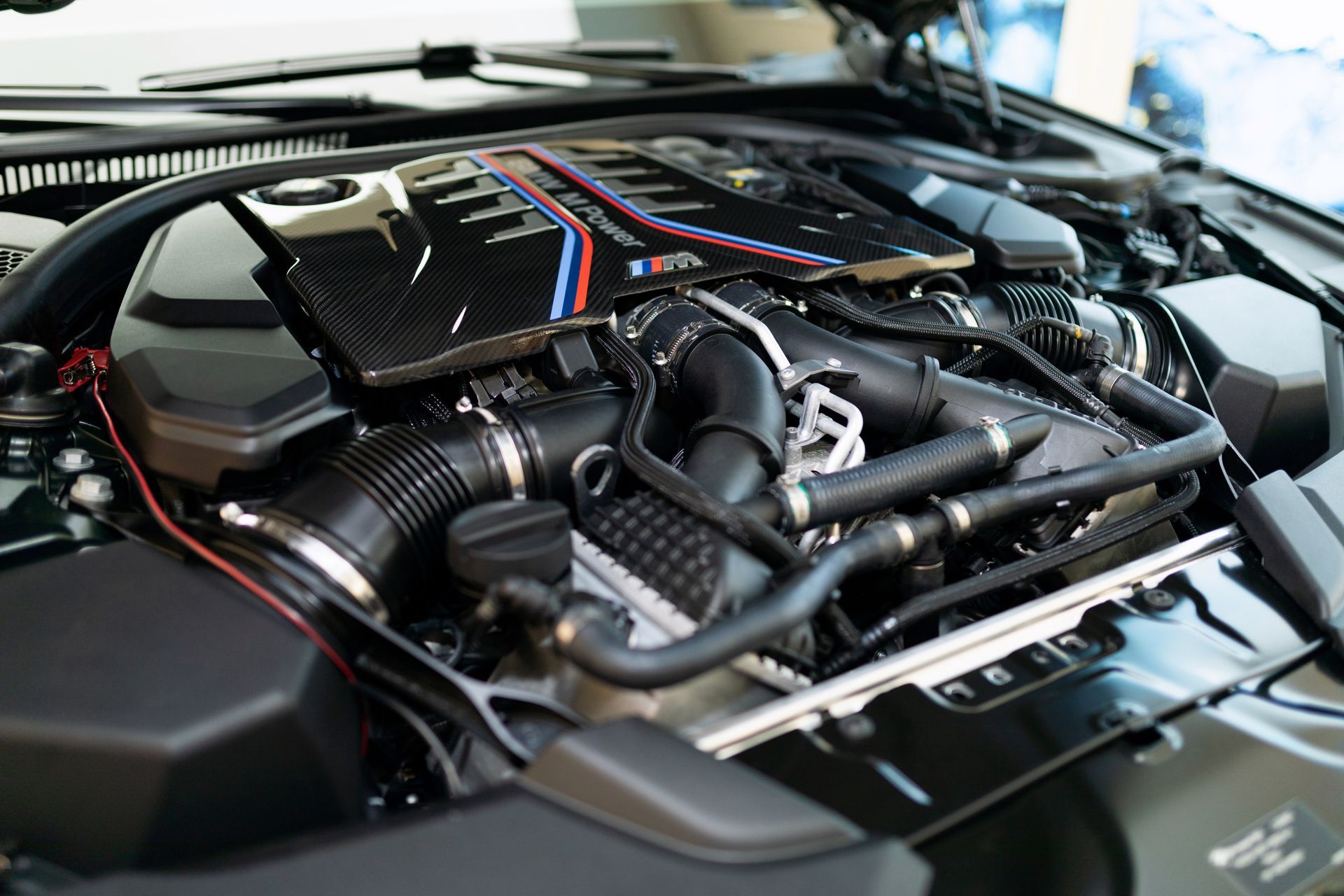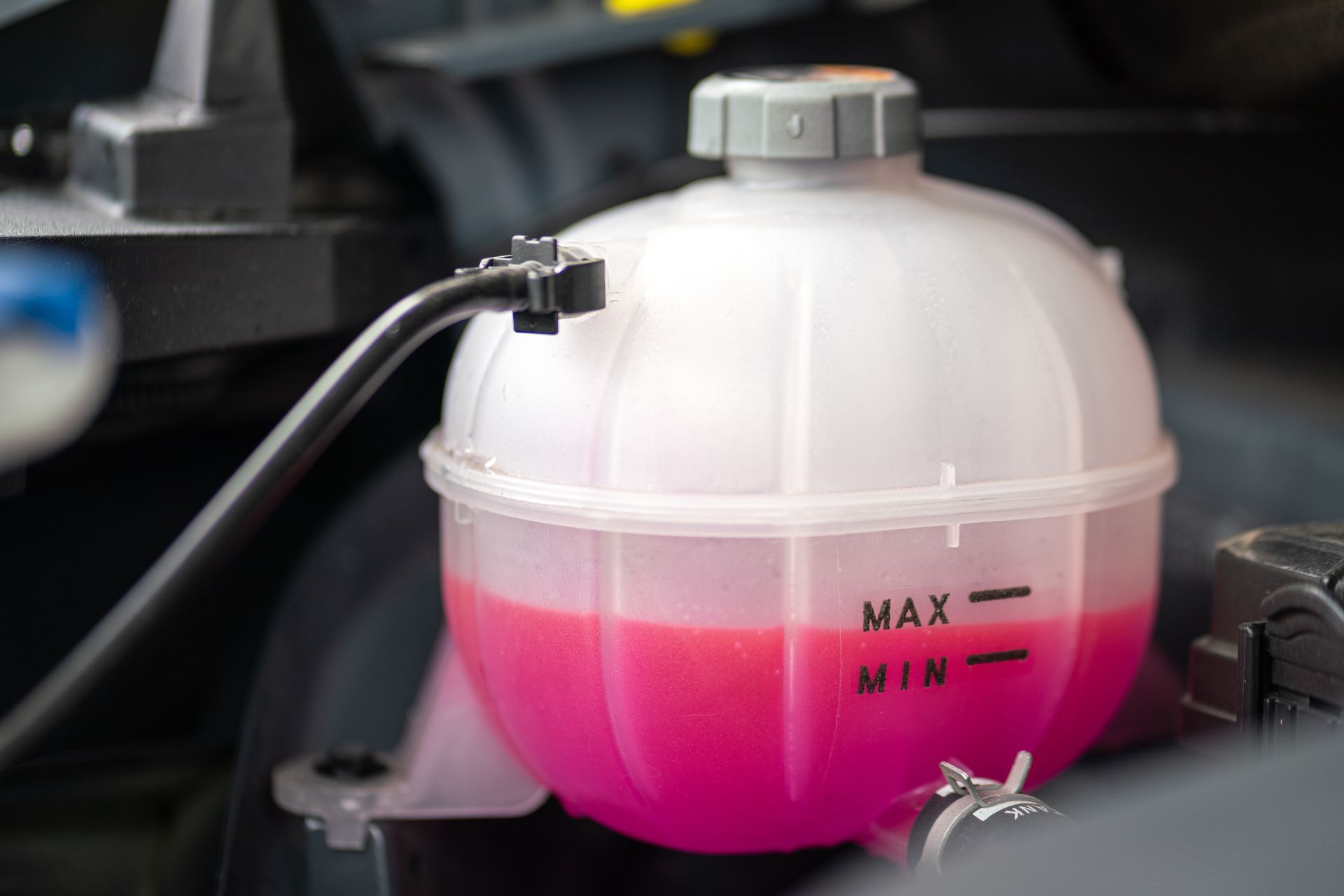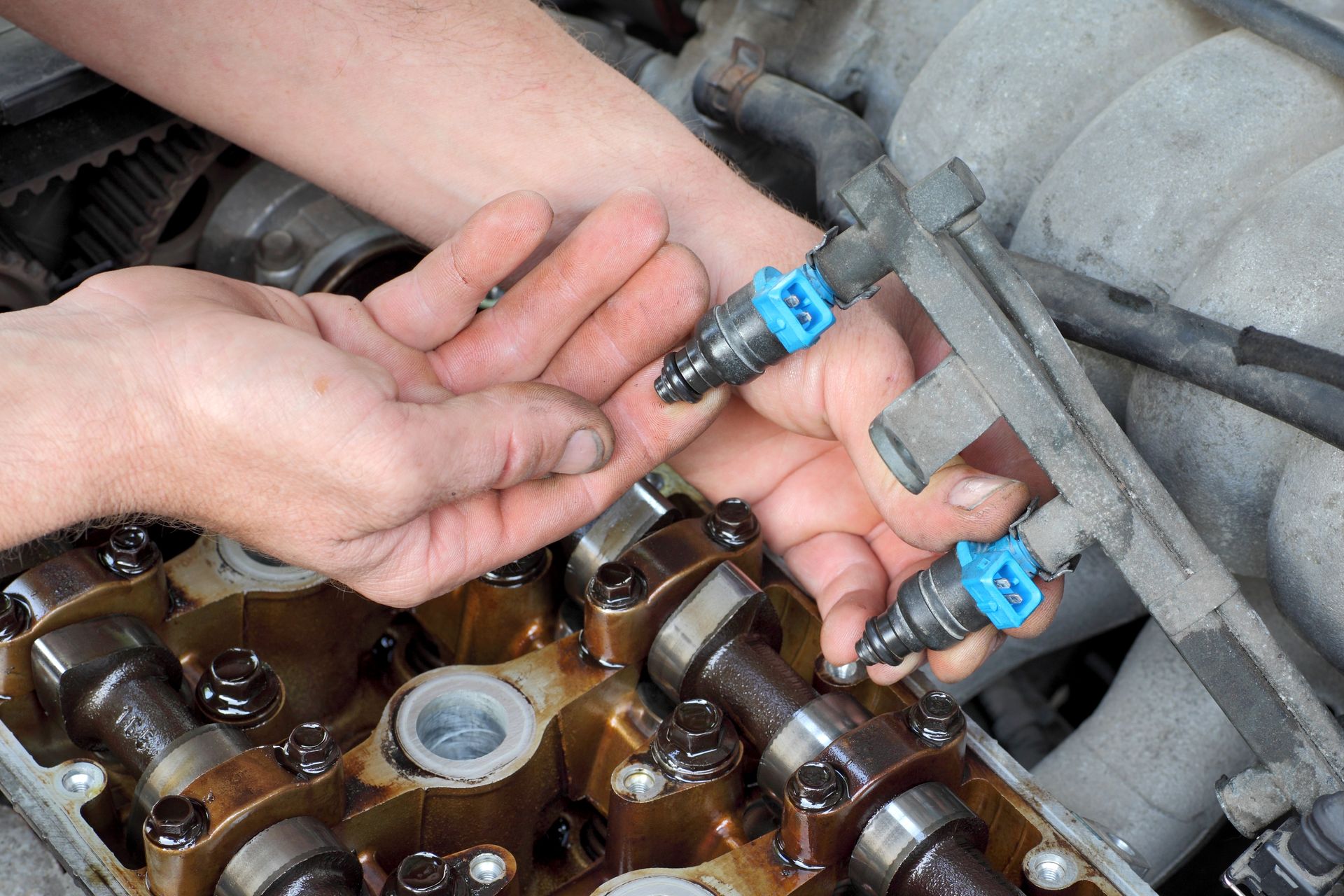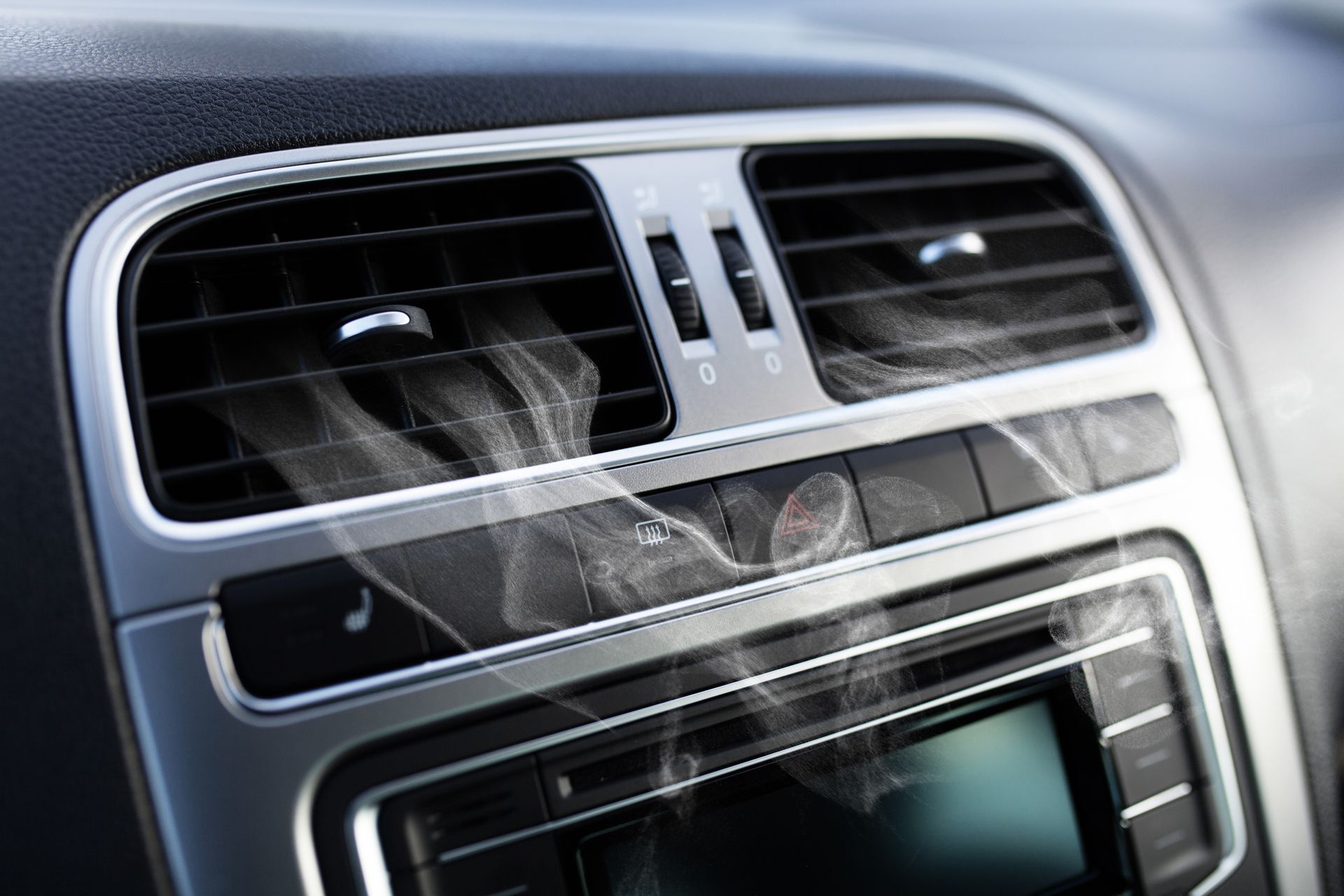Interstate 90 (I-90) can be an exciting yet daunting experience. Stretching from coast to coast, it's a vital artery in America's transportation network. However, with its heavy traffic and varying conditions, traversing the I-90 demands skill, knowledge, and preparation.
The Significance and Bustle of the I-90
The I-90 isn't just another highway; it's the longest Interstate in the United States, connecting major cities and numerous states from Seattle, through our neighboring Syracuse, and to Boston. Its significance lies in its role as a major commercial and travel route, bustling with trucks, cars, and motorcycles day and night.
This constant flow of traffic, combined with diverse weather conditions and terrains, makes the I-90 a hub of activity and, at times, a challenging path to navigate.
Essential Safety Tips for Navigating the I-90
Stay Informed
Utilize traffic and weather apps to get real-time updates. Key factors to look out for include road closures, traffic delays, and severe weather alerts. In regions where weather can change rapidly, staying updated can be the difference between a smooth journey and an unexpected challenge.
Speed Management
Speed limits on the I-90 can vary greatly, from bustling urban stretches to open rural roads. Be vigilant about these changes. In areas with dense traffic or adverse weather conditions, it's prudent to drive below the posted speed limit. Remember, speed limits are designed for optimal driving conditions – adjust your speed accordingly to ensure safety.
Rest Stops
Long drives can be physically and mentally exhausting. The I-90 offers numerous rest stops that provide a much-needed respite. Plan your journey to include breaks, ideally every two hours or 100 miles. Use these stops to stretch, hydrate, grab a snack, or even take a short nap. Staying refreshed is key to maintaining alertness and reaction time.
Emergency Kit
An emergency kit can be a lifesaver in unexpected situations. Your kit should include basic repair tools, jumper cables, a flashlight, and a first-aid kit. During winter, add in extra blankets, warm clothing, and perhaps some non-perishable food items and water. A well-prepared kit ensures you're ready to handle minor breakdowns and emergencies.
Stay Alert in Construction Zones
The I-90's maintenance and upgrade works often result in construction zones. These areas require extra attention due to altered traffic patterns, reduced speed limits, and the presence of workers and machinery. Always slow down in these zones and follow all signage and flagger instructions. Patience and vigilance in construction zones contribute to the safety of both drivers and road workers.
Notorious Accident Hotspots on the I-90
The I-90's landscape is diverse, encompassing urban areas and natural terrains, each presenting unique driving challenges:
Urban Areas (Chicago, Cleveland, Buffalo)
Expect heavy traffic and frequent stop-and-go conditions. Stay alert for sudden lane changes by other drivers and be prepared for traffic congestion, especially during rush hours.
Mountainous Regions (Rockies, Cascades)
These areas are known for steep grades and winding roads that can be challenging, especially for larger vehicles. Be cautious when navigating turns, and use lower gears to control speed when descending steep roads.
Upper Midwest (Winter Conditions)
Winter driving here can be particularly hazardous with icy roads and limited visibility. Use winter tires, drive cautiously, and maintain a safe distance from other vehicles. Always be prepared for winter emergencies by keeping your gas tank at least half full and having a well-stocked emergency kit.
Having car trouble or signs of problems on I-90? Make sure to call us at Oneida Service Center, and we will take care of everything!










